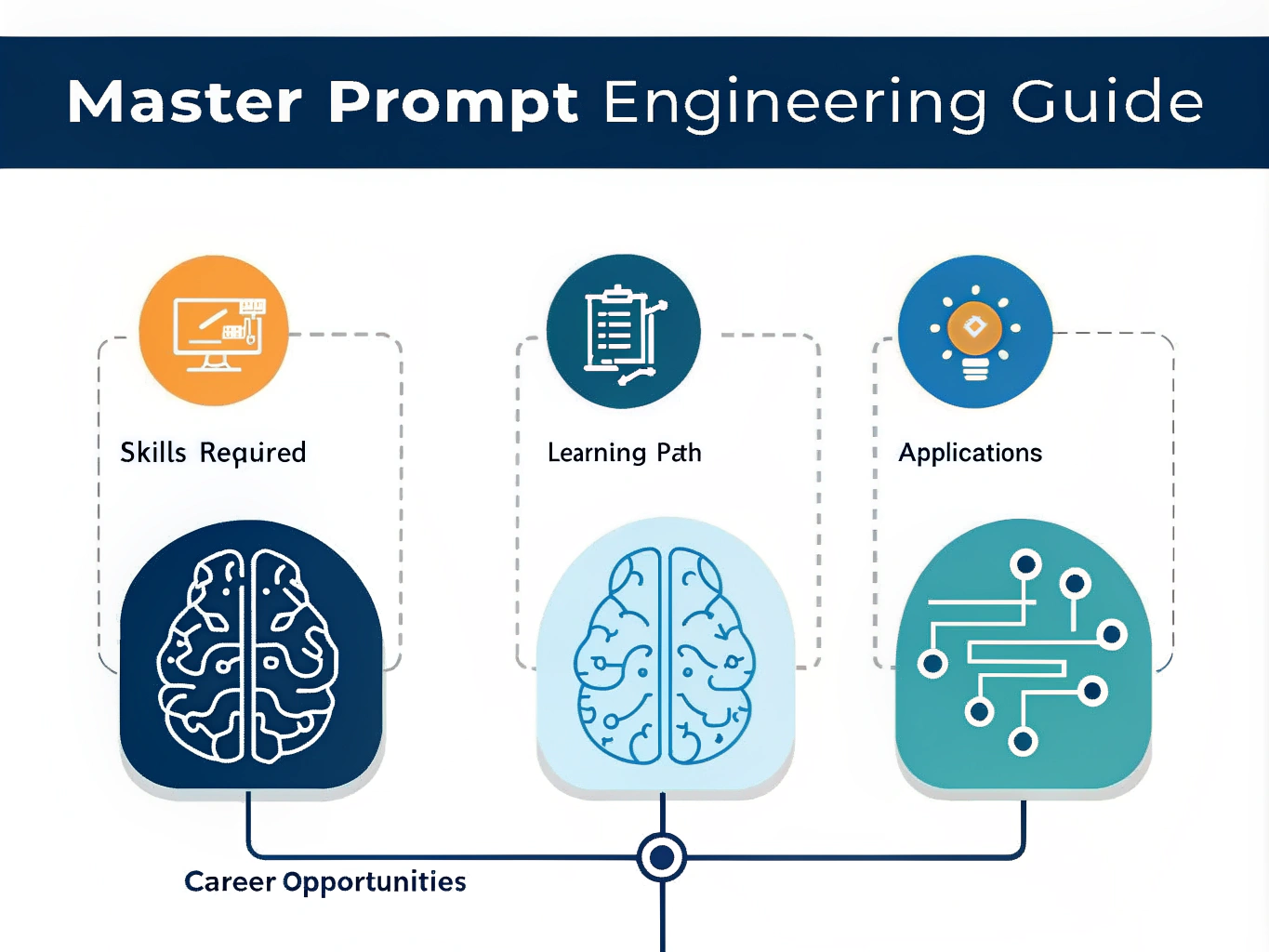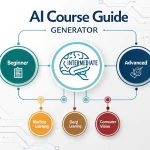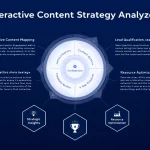Prompt Engineering Guide Generator
Generating your guide...
Is this tool helpful?
How to Use the Prompt Engineering Guide Generator Effectively
You can create a customized prompt engineering guide by completing the following steps in the generator form:
- Specify a Focus Area (Optional): Enter a particular niche within prompt engineering to tailor your guide. For example, try inputs like “AI-driven email automation” or “Visual storytelling with image prompts.”
- Select Experience Level: Choose the knowledge level of your target audience. Available options are Beginner, Intermediate, or Advanced.
- Choose Guide Format (Optional): Pick a format for your guide to fit your learning style. Options include Step-by-step, FAQ, or Narrative. For instance, select FAQ for quick answers or Narrative for a story-driven approach.
- Decide on Including Practical Examples: Indicate if you want your guide to showcase real-world examples by selecting “Yes” or “No.”
- Generate Your Guide: Click the submit button to receive your personalized prompt engineering guide based on your inputs.
After the guide is generated, you can read through the detailed instructions and strategies tailored to your choices. Use the provided options to copy the guide text easily for your reference or sharing.
Understanding the Prompt Engineering Guide Generator: Definition, Purpose, and Benefits
What Is the Prompt Engineering Guide Generator?
This tool helps you create personalized, detailed guides on prompt engineering, a vital skill that involves crafting effective inputs to get optimal responses from AI systems like large language models (LLMs). It adapts its content based on your specific areas of interest and experience level, providing a focused learning resource.
Purpose of the Guide Generator
The primary purpose is to simplify complex prompt engineering concepts and deliver custom guides that fit your unique learning goals. Whether you’re new to AI prompts or an experienced professional looking to deepen your skills, this generator offers valuable insights tailored just for you.
Key Benefits for You
- Personalized Learning Paths: Get content matched to your chosen focus and expertise, helping you learn efficiently.
- Comprehensive and Relevant: Receive guidance covering essential topics including prompt design techniques, AI model compatibility, and industry best practices.
- Flexible Formats: Select how you prefer to absorb information—through FAQs, stepwise instructions, or narrative explanations.
- Practical Examples: Apply concepts with real-world prompts and case studies included when you opt for examples.
- Time-Saving Resource: Eliminate hours of piecing together scattered information by obtaining a focused, single-guide solution.
Practical Usage of the Prompt Engineering Guide Generator
How You Can Benefit From the Tool
This guide generator serves as a versatile resource for different use cases where prompt engineering skills apply. Here are practical examples of how you might use it:
Scenario: Developing AI-Powered Virtual Assistants
- Focus Area: “Personalized virtual assistant interactions”
- Experience Level: Intermediate
- Guide Format: Step-by-step
- Include Examples: Yes
The generated guide provides strategies for designing prompts that enhance conversational flow, manage context, and personalize user responses effectively.
Scenario: Crafting AI-Generated Educational Content
- Focus Area: “Educational content creation with AI”
- Experience Level: Beginner
- Guide Format: FAQ
- Include Examples: Yes
The guide covers common questions about structuring prompts for learning modules and provides examples to help educators generate engaging AI-driven content.
Improving AI Interaction Through Effective Prompt Engineering
Using this tool helps you craft prompts that improve the accuracy, clarity, and relevance of AI-generated outputs. It supports optimizing token usage and designing prompts that reduce bias and increase ethical standards.
Career and Skill Development Opportunities
The guides also outline key skills for prompt engineers, emerging industry trends, and recommended tools. You gain practical knowledge that supports career growth in AI research, machine learning engineering, conversational AI design, and related fields.
Frequently Asked Questions About Prompt Engineering
1. What abilities do I need to become a successful prompt engineer?
You need a mix of technical and creative skills, including:
- Understanding of natural language processing (NLP) and AI concepts
- Strong written communication and clarity
- Creative problem-solving and experimentation
- Basic programming knowledge (like Python)
- Familiarity with AI development tools and frameworks
- Analytical thinking to optimize prompt results
2. How do I practice prompt engineering effectively?
Try these approaches:
- Experiment with open AI models such as GPT or image generation systems
- Join AI-focused communities and discussions
- Create personal projects for different applications and iterate prompt designs
- Participate in AI competitions and collaborative projects
- Stay updated on latest tools and techniques
3. What challenges might I face when engineering prompts?
Common difficulties include:
- Maintaining consistency and coherence in AI responses
- Avoiding unintended biases in prompts
- Balancing prompt length for efficiency
- Adapting prompts across different AI models and contexts
- Designing versatile prompts that work broadly yet remain specific
4. How does prompt engineering change for various AI uses?
Prompt design varies by application:
- Text generation focuses on context and tone
- Image generation emphasizes visual details and composition
- Chatbots require smooth conversational flow and memory
- Code generation needs syntax precision and logic
- Data analysis calls for clarity in query instructions
5. What tools support prompt engineering?
Prompt engineers use:
- AI platforms like OpenAI’s GPT or Google’s BERT
- IDEs with AI coding assistance
- Version control for prompt and code management
- Collaboration platforms for teamwork
- Analytics tools to measure prompt effectiveness
6. How can I keep up with prompt engineering trends?
Stay informed by:
- Following AI research papers and blogs
- Attending industry conferences and webinars
- Taking relevant online courses
- Joining AI-focused professional networks
- Testing new tools and models frequently
7. What career paths involve prompt engineering?
Career opportunities include:
- AI research and model development
- NLP specialist roles
- Conversational AI designer
- AI-driven content strategists
- Machine learning engineers
- AI ethics consultants
- Product management in AI-focused companies
8. How does prompt engineering enhance AI performance?
Effective prompts improve AI by:
- Increasing the accuracy and relevance of outputs
- Reducing reliance on extensive model retraining
- Allowing nuanced and complex interactions
- Optimizing response time and resource use
- Better managing edge cases and unexpected inputs
9. What ethical considerations should I follow in prompt engineering?
Ethical prompt engineering involves:
- Eliminating biases in prompts and outputs
- Ensuring transparency about AI-generated content
- Protecting user privacy and data
- Considering social impacts of AI systems
- Implementing safeguards against misuse
10. How does prompt engineering relate to other AI fields?
Prompt engineering connects with:
- Natural Language Processing, which underpins text interactions
- Machine Learning, influencing model training choices
- Human-Computer Interaction, shaping user experience with AI
- AI Ethics, ensuring responsible use of AI outputs
- Data Science, guiding data-driven prompt optimization
Using the Prompt Engineering Guide Generator directly helps you build targeted prompt skills that enhance your ability to work effectively with AI models. Tailored guidance, practical examples, and adaptable formats make your learning efficient and relevant, preparing you for success in AI-driven roles and projects.
Important Disclaimer
The calculations, results, and content provided by our tools are not guaranteed to be accurate, complete, or reliable. Users are responsible for verifying and interpreting the results. Our content and tools may contain errors, biases, or inconsistencies. Do not enter personal data, sensitive information, or personally identifiable information in our web forms or tools. Such data entry violates our terms of service and may result in unauthorized disclosure to third parties. We reserve the right to save inputs and outputs from our tools for the purposes of error debugging, bias identification, and performance improvement. External companies providing AI models used in our tools may also save and process data in accordance with their own policies. By using our tools, you consent to this data collection and processing. We reserve the right to limit the usage of our tools based on current usability factors.







